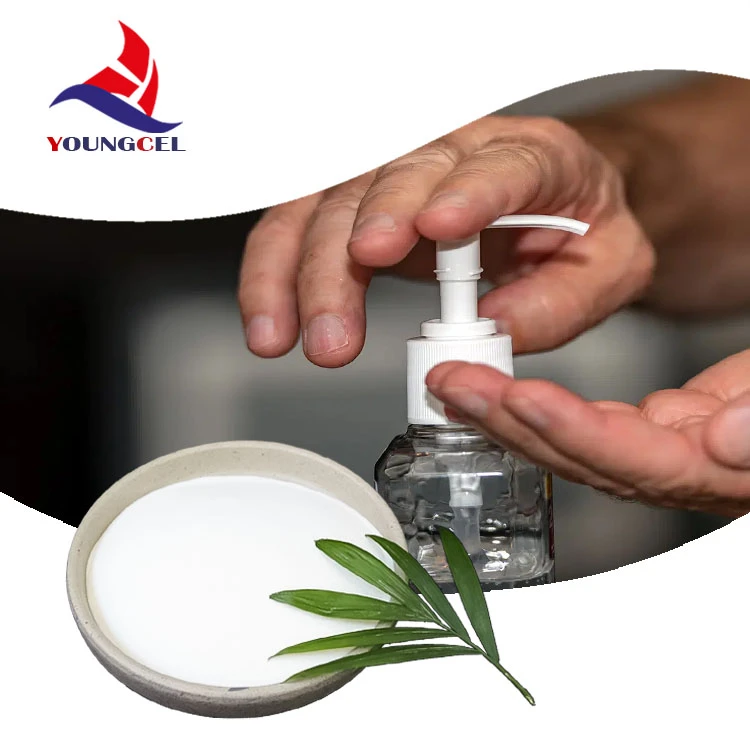Understanding HPMC Tylos The Multifaceted Polymer in Modern Applications
Hydroxypropyl Methylcellulose (HPMC), commonly referred to as Tylos, is a versatile and widely used polymer derived from cellulose, the most abundant organic polymer on earth. With its unique chemical structure and multifunctional characteristics, HPMC Tylos has become an integral component across various industries, including pharmaceuticals, food, construction, and cosmetics. This article delves deeper into the properties, applications, and significance of HPMC Tylos.
Chemical Properties and Structure
HPMC Tylos is synthesized by the chemical modification of cellulose, where hydroxypropyl and methoxy groups are introduced into the cellulose backbone. This modification enhances its solubility in cold water and increases its applicability. HPMC Tylos is a white, odorless powder that is hygroscopic in nature, meaning it can attract and hold water molecules from the environment. This property makes it an excellent thickening and stabilizing agent.
The degree of substitution of hydroxypropyl and methoxy groups can be controlled during the manufacturing process, resulting in various grades of HPMC Tylos. These grades vary in viscosity, solubility, and other physical properties, allowing manufacturers to select the most appropriate type for their specific application.
Applications in Pharmaceuticals
One of the most significant applications of HPMC Tylos is in the pharmaceutical industry. It serves as a binder, thickener, and film-forming agent in various formulations. In tablet manufacturing, HPMC is widely used as a matrix for controlled release of active pharmaceutical ingredients (APIs). The release profile of drugs can be tailored by adjusting the viscosity and concentration of HPMC, enabling pharmaceutical companies to design medications that provide sustained therapeutic effects.
In addition to oral dosage forms, HPMC Tylos is utilized in ophthalmic solutions and gels due to its ability to retain moisture and provide viscosity. Its compatibility with a wide range of drugs ensures that it contributes positively to the effectiveness of pharmaceutical formulations.
hpmc tylos

Role in Food Industry
HPMC Tylos also finds a significant application in the food industry as a food additive. It functions as a thickener, emulsifier, and stabilizer, enhancing the texture and mouthfeel of various food products. Its ability to form gels in water enables it to be used in sauces, dressings, and dairy products. Furthermore, HPMC Tylos is a preferred ingredient in gluten-free products, providing the necessary structure and elasticity that are often lacking in gluten-free formulations.
Food-grade HPMC is generally recognized as safe (GRAS), making it an ideal choice for use in a wide range of food products. Its multifunctional properties not only improve product quality but also contribute to an extended shelf life.
Applications in Construction and Cosmetics
In the construction industry, HPMC Tylos is a valuable ingredient in cement, tile adhesives, and drywall compounds. It enhances workability and adhesion while also improving water retention, which is crucial for the curing process of cement and mortar. This results in stronger and more durable constructions.
In the cosmetics sector, HPMC Tylos is utilized as a thickener and stabilizer in various formulations, including lotions, creams, and gels. Its properties ensure that products remain homogeneous and effective, while also enhancing their sensory feel on the skin.
Conclusion
HPMC Tylos represents a remarkable example of how a single polymer can have diverse applications across multiple industries. Its chemical properties, coupled with its ability to be tailored for specific uses, make it an invaluable resource for manufacturers. As research advances and technology improves, the potential applications of HPMC Tylos are likely to expand even further, solidifying its position as a key ingredient in modern formulations. Understanding and utilizing HPMC Tylos effectively will continue to drive innovation in pharmaceutical, food, construction, and cosmetic applications, ultimately benefiting consumers and industries alike.
-
Rdp Powder: Key Considerations for Wholesalers in the Building Materials IndustryNewsJul.08,2025
-
Key Considerations for Wholesalers: Navigating the World of Hpmc - Based ProductsNewsJul.08,2025
-
Hpmc Detergent: Key Considerations for WholesalersNewsJul.08,2025
-
Key Considerations for Wholesalers: China Hpmc For Tile Adhesive, Coating Additives, Concrete Additives, and MoreNewsJul.08,2025
-
Crucial Considerations for Wholesalers: Navigating the World of Construction MaterialsNewsJul.08,2025
-
Key Considerations for Wholesalers Sourcing Additive For Cement, Additive For Concrete, Additive For Putty from Additive Manufacturer Shijiazhuang Gaocheng District Yongfeng Cellulose Co., Ltd.NewsJul.08,2025




